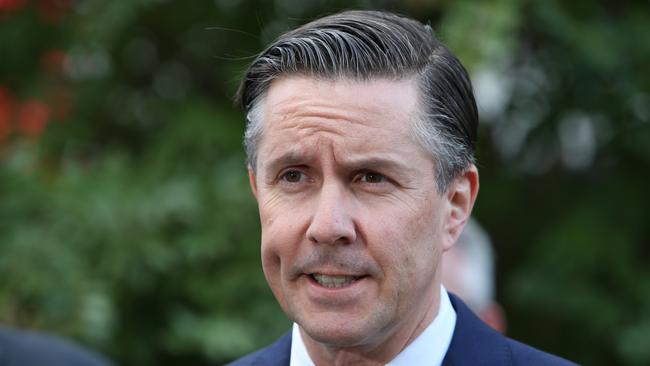
The thing is that most of Labor’s emissions-reduction policy is based on dreamin’. Take the fanciful idea that 50 per cent of new-car sales will be electric vehicles by 2030. Bear in mind that EVs currently constitute 0.2 per cent of new-car sales. This would mean sales increases of more than 50 per cent every year for the next decade to get close to this target.
And where’s the additional electricity going to come from to power the flood of new electric vehicles? Over the next decade and a bit, at least three coal-fired power stations will close and possibly several more under Labor’s energy policy.
Let’s hope that the current limitations of EVs will be overcome sooner rather than later, otherwise very large numbers of us will be suffering from ‘‘range anxiety’’ at the same time.
We would also want the price of EVs to drop a long way from their current price points.
And what’s going to happen to fuel-excise revenue with this presumed shift to EVs? Labor needs to come clean and tell us that EV drivers will be levied with road-user charges in order to make up for this shortfall.
Another fundamental flaw of Labor’s policy is that its arithmetic doesn’t work. Labor needs to establish how its 1.3 billion-tonne abatement budget will be met, but it’s clear that the component parts won’t achieve this figure.
There are a lot of exemptions at this stage: farmers, apart from restrictions on land clearance; heavy transport; household gas use; and smaller emitting firms.
It’s all very well excluding these groups, but what it means is that there will be bigger and more damaging adjustments imposed on the sectors covered.
It is inevitable that very substantial economic costs will emerge in relation to the extension of the Safeguards Mechanism (an effective cap-and-trade scheme) to cover operations that annually emit 25,000 tonnes or more. (The current figure is 100,000 tonnes.) This will bring in abattoirs, foundries, fertiliser and cement manufacturing, Qantas and large trucking companies.
Given the technical constraints that many of these operations face in lowering their emissions, a likely scenario is that many of the 250 operations that will now be covered by the scheme will close and move offshore.
It’s hard to see a future for fertiliser manufacturing in Australia, for example.
Let me just finish on this note. Worldwide, carbon emissions rose strongly in 2017 and 2018. In 2018 alone, the increase in worldwide emissions was about the same as our total emissions. Labor’s costly policy initiatives might make some people feel better, but they won’t make a jot of difference to world temperatures.




When I read the details, sketchy as they are, of Labor’s path to cut emissions by 45 per cent by 2030 from the 2005 level as outlined by its climate change and energy spokesman, Mark Butler, I kept hearing that line from The Castle: ‘‘Tell him he’s dreamin’ ’’.